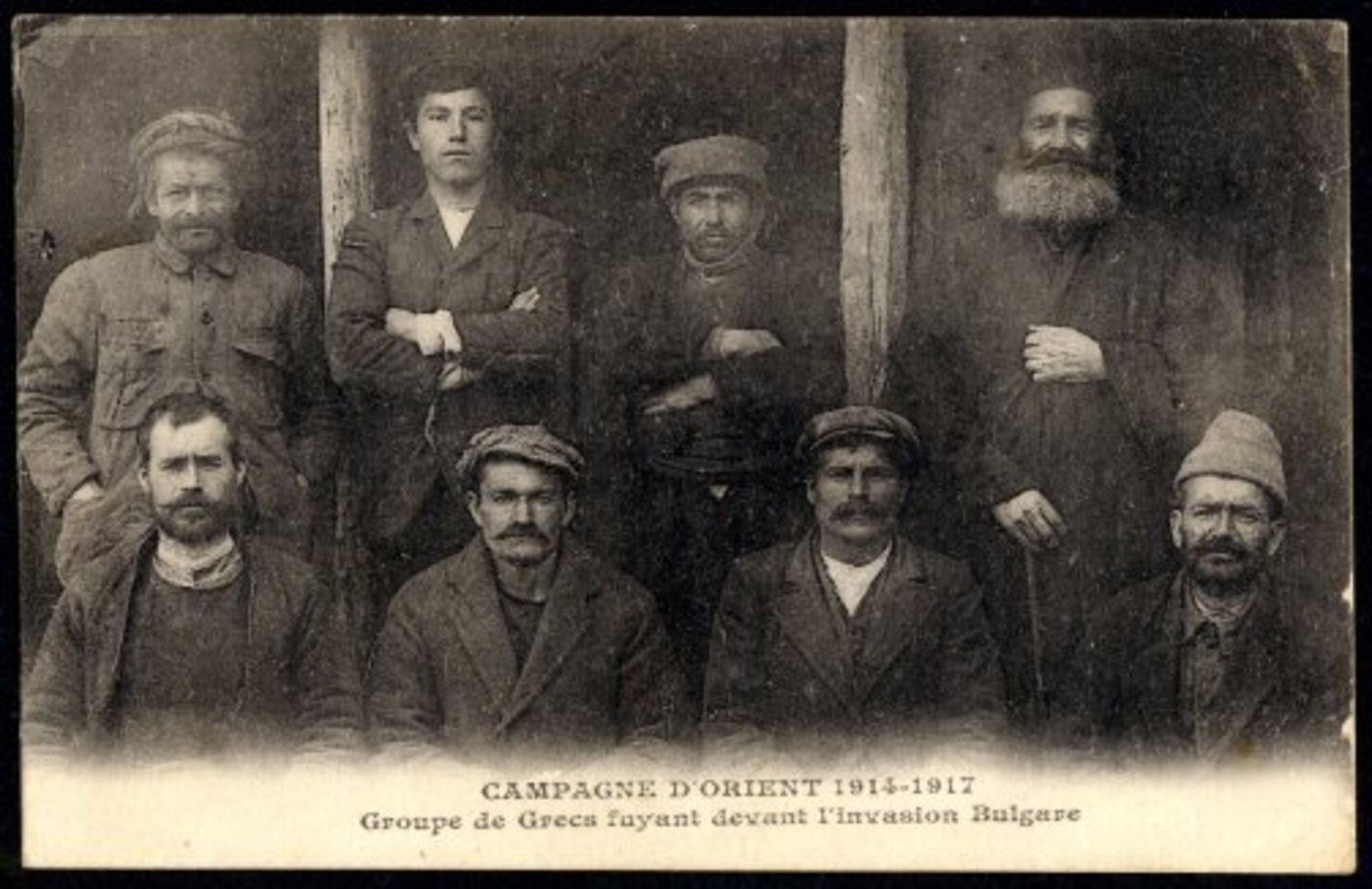History on the album page: The Balkan Wars
One of the most interesting periods of philately must revolve around the stamps and postal history generated by the upheavals of the Balkan Wars of 1912 & 1913. This is when the conflicting aims of the Great powers, mixed with the territorial ambitions of those under Ottoman control and their neighbours, exploded into two separate conflicts. Many fascinating stamps were produced. Often they were seized and overprinted, but also benefited from atmospheric locally printed designs.
The origins of the conflict can be seen by the late 19th Century, with the partial development of nation states within Ottoman European territory, with Serbia, Greece, Bulgaria & Montenegro attempting at different times to try and gain territory.
Outside powers did not help! Russia was attempting to gain territorial access to the Mediterranean by supporting Slavic national enterprises; Britain wished to thwart Russia and therefore supported the Ottoman Empire; France was attempting to strengthen its positions in the Levant; the Austro Hungarian Empire also supported the Ottomans; the Italians wished to deny Russia access into the Mediterranean, and Germany hoped the Ottoman Empire would fall into its hands. The scene was subsequently set for confusion and war, and by the turn of the Century, bands supported by Bulgaria and Greece were fighting within Ottoman areas, ostensibly in support of their own nationals against each other.
A number of major conflicts rocked the Empire, until in 1912, the First Balkan war finally erupted. Russian- backed Bulgarian, Serb and Montenegrin forces co-ordinated their attacks in the Sandjak (Serbia / Montenegro border area), Macedonian and Thracian theatres, with the Greeks making their own advances defeating Ottoman re-enforcements in several major naval engagements, while in the process liberating the Aegean Islands, amongst other large areas. By early 1913, the Ottoman Empire in Europe had been effectively removed and replaced by large Greek, Bulgarian, Serbian and Montenegrin territorial gains.
A few months later on 16 June 1913, the Second Balkan War began. Bulgaria, unhappy with the division of post war spoils, attacked her erstwhile allies Serbia & Greece, in an attempt to once again re-draw the map. A period of confused fighting began, and 11 days later Romania declared war on Bulgaria. By the time armistice was agreed, the Romanian forces were just 7 miles from Sofia. At the same time, the Ottomans attacked and recovered eastern Thrace. Today this forms most of the Republic of Turkey.
Hopefully this all too brief overview at least demonstrates the richness and philatelic interest of this period. Producing stamps is one of the quickest ways to assert your dominance in a new area. Like paper money and coins, it is something that ordinary people saw and used in their every day lives. Conquering forces (no doubt with their fair share of officer-class philatelists), were quick to authorise new stamp issues, in order to usher in a period of fresh rule.

 General
General
 General
General
 General
General